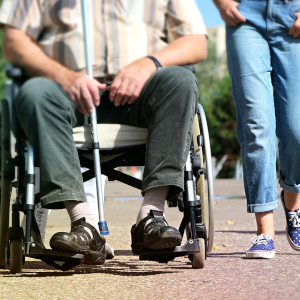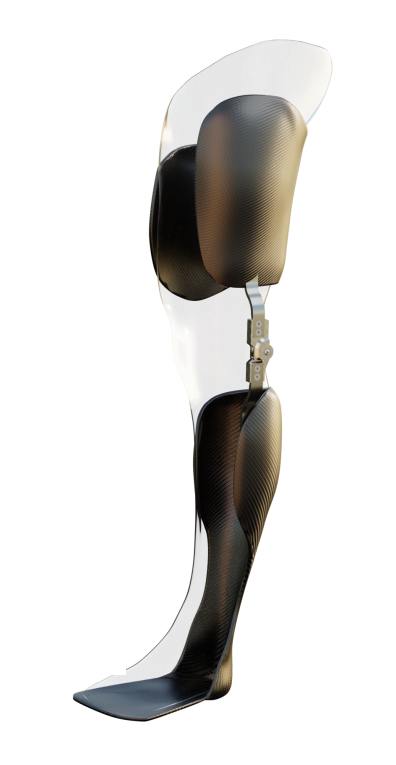Overview
Polio, also known as poliomyelitis, is an infectious disease caused by the poliovirus. It primarily affects the nervous system, specifically the spinal cord and brain stem. Polio can lead to muscle weakness, paralysis, and even death in severe cases. The disease is highly contagious and spreads from person to person through fecal-oral transmission or via the oral-oral route.
Before the development of effective vaccines, several polio epidemics occurred in the first half of 20th century, affecting thousands of people worldwide. The disease had a significant impact on children, leaving some paralyzed or dependent on large machines called iron lungs for breathing. However, thanks to the tireless efforts of researchers and vaccination campaigns, polio has been drastically reduced. Wild poliovirus cases have decreased by over 99% since 1988, from an estimated 350,000 cases in more than 125 endemic countries to only 6 reported cases in 2021.

Causes
Poliovirus transmission
- The poliovirus spreads primarily through contaminated water or food.
- Poor hygiene and inadequate sanitation contribute to its transmission.
Risk factors
- Young children are more susceptible to contracting the virus.
- Areas with low vaccination rates are at higher risk of outbreaks.
Symptoms
- Asymptomatic Cases:
- Approximately 70% of polio infections are asymptomatic.
- Mild symptoms may include tiredness and fever.
- Acute Symptoms:
- Headache, neck stiffness, and paresthesia (abnormal sensations) may occur.
- Severe cases can lead to permanent paralysis and, rarely, death.
- Post-Polio Syndrome:
- Years after recovery, some individuals experience post-polio syndrome.
- This condition involves a slow development of muscle weakness similar to the initial infection.
Regaining mobility
Assistive devices play a crucial role in improving mobility for people post-polio syndrome.

Summary
Polio is a serious disease, but vaccination efforts have significantly reduced its incidence. Post-polio syndrome may emerge decades after the initial polio infection and recovery. Custom-made orthoses may help polio survivors regain mobility and maintain functional independence.
Information provided on this website is purely informative and should not be treated as medical advice. Contact a qualified clinician for medical assessment relevant to your specific case.
